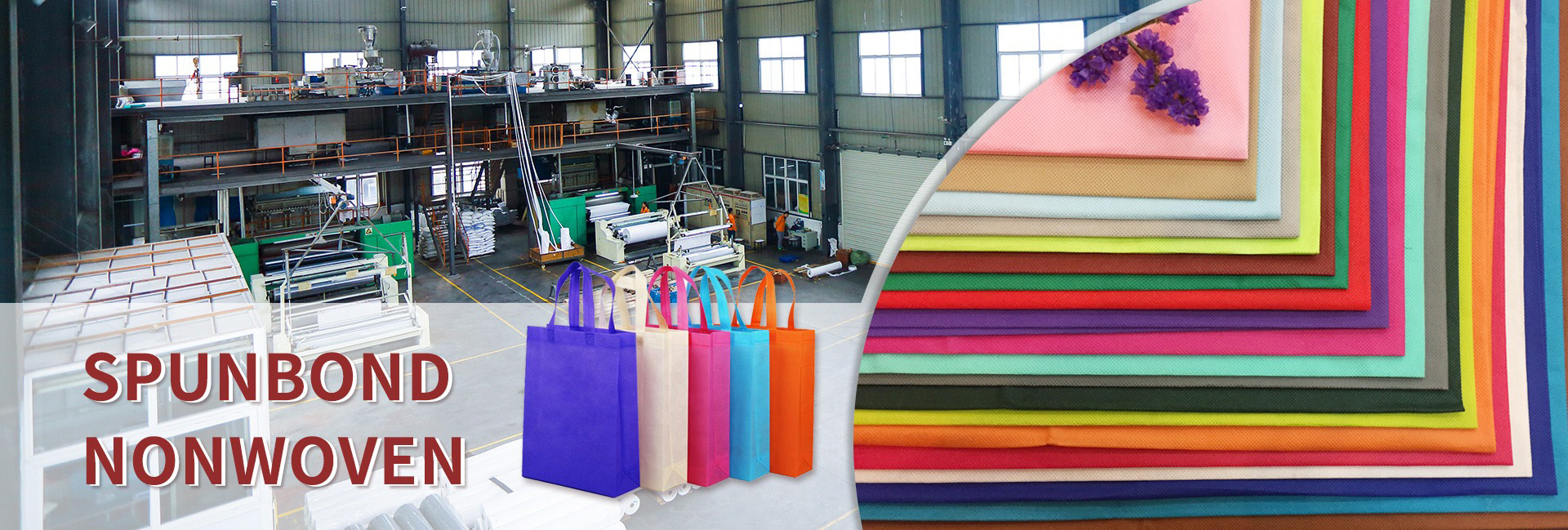Non woven fabric defect detection technology
Non woven fabrics have always been widely used as raw materials for disposable medical consumables such as surgical masks, nurse hats, and surgical caps in production. The quality of disposable medical consumables mainly depends on the quality of non-woven fabrics. Due to the fact that the production and transportation process of non-woven fabrics cannot guarantee absolute purity of the environment, and they themselves have strong electrostatic adsorption ability, they often adsorb small impurities in the air. Therefore, foreign objects may exist in very few areas of non-woven fabrics. The non-woven fabric material studied in this article is directly used for the production of masks, After analyzing the selected defect samples, it was found that the proportion of foreign object defects, such as insects and hair, is the highest. The existence of this defect directly leads to substandard quality of subsequent products, and defective products are also strictly prohibited from entering the market. Therefore, manufacturers need to remove some of these defects, otherwise it will cause huge economic losses.
At present, most large companies in the industry use imported visual inspection equipment for defect detection. Although the results are good, these equipment are usually expensive in cost and maintenance, and are not suitable for small enterprises and workshops to use. Most small companies in China still use traditional manual visual inspection for defect screening. This method is relatively simple, but requires longer worker training, low detection efficiency and accuracy, and wastes a lot of human resources, which is a significant expense for enterprise management. In recent years, the field of defect detection has developed rapidly, and business owners are gradually using new technologies to replace traditional manual visual inspection methods.
From the perspective of industry development trends, designing an automatic detection device that can automatically obtain and analyze defect images in the production process of non-woven fabrics is a necessary means to promote production development, ensure product quality, and reduce labor costs. Since the 1980s, many engineers have attempted to use the relevant knowledge of computer vision for defect detection of non-woven fabrics. Some studies have used texture analysis methods to characterize defects and achieve defect detection, while others have used edge detection operators to first determine the defect contour and set reasonable thresholds based on defect grayscale statistical information to achieve defect detection, There are also studies that use spectral analysis methods to detect defects based on the high texture periodicity of fabrics.
The above methods have achieved certain application results in defect detection problems, but there are still certain limitations: firstly, the shape and size of defects in actual production environments vary. Defect detection algorithms based on machine learning and statistical information require setting thresholds based on prior knowledge, which cannot be effective for all defects, resulting in insufficient robustness of this method. Secondly, Traditional computer vision methods are usually slow to execute and cannot effectively meet the real-time requirements of production. Since the 1980s, the field of machine learning research has developed rapidly, and the application of relevant knowledge has driven the development of many industries. Many research topics have shown that the application of machine learning algorithms such as BP neural network and SVM in fabric defect detection is effective. These methods ensure high detection accuracy and a certain degree of robustness, and it is not difficult to discover through careful analysis of the training process of machine learning, The performance of this type of algorithm mainly depends on the selection of defect manual features. If the manual features are not complete or discriminative enough, the performance of the model will also be poor.
With the continuous improvement of computer computing power and the hot development of deep learning theory in recent years, more and more people have begun to apply deep learning to fabric defect detection. Deep learning can effectively avoid the incompleteness of manually designed features and has a high detection accuracy. Based on this consideration, this article uses computer vision and deep learning related knowledge to design a non-woven fabric defect automatic detection system, which effectively improves the detection accuracy of defects and has good robustness.
Post time: Nov-03-2023

